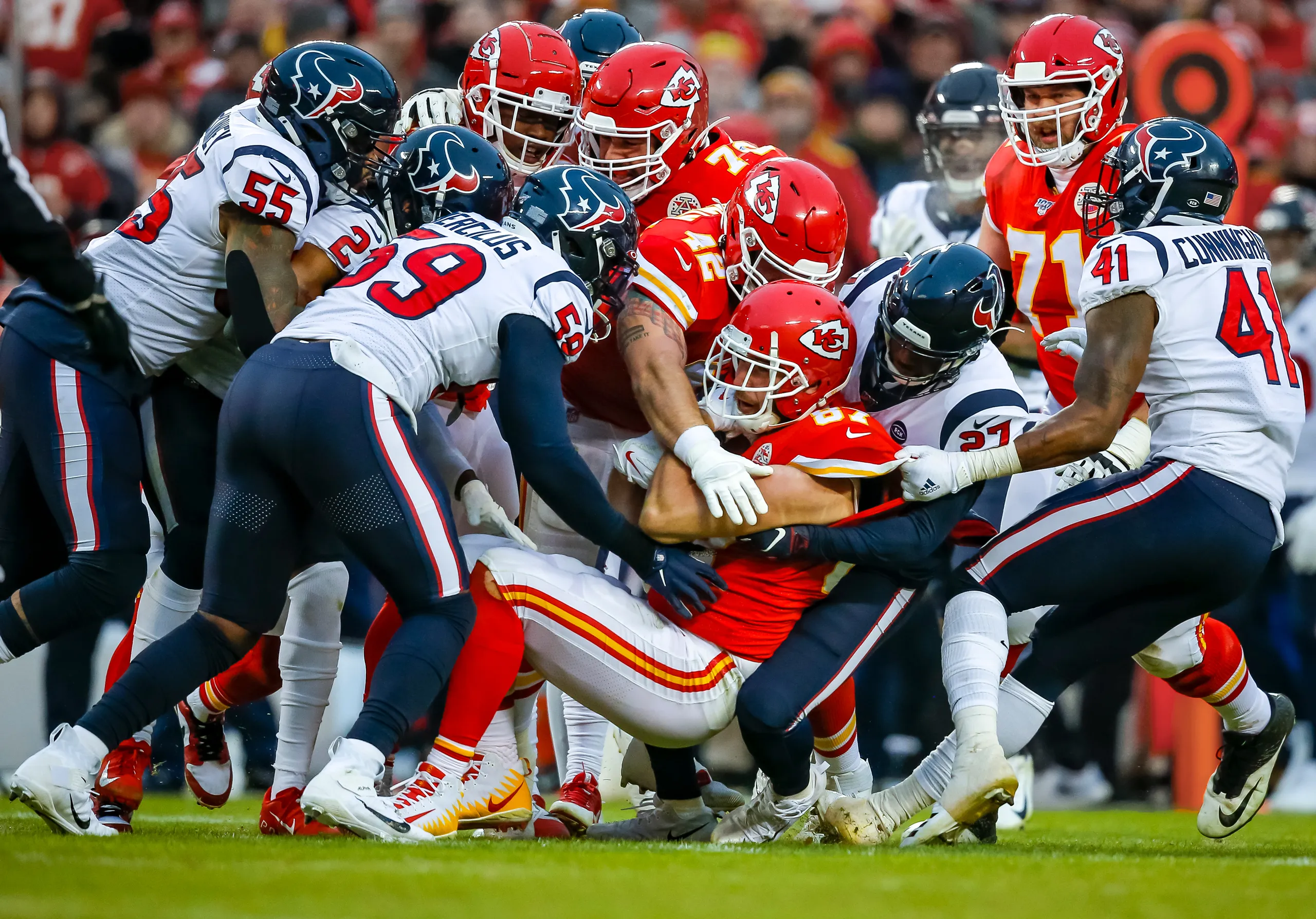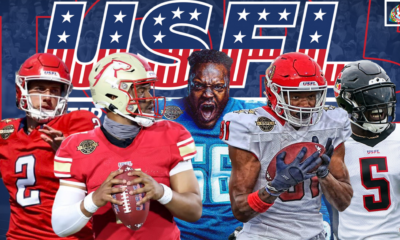
American football has evolved from a regional pastime to a national obsession and an international curiosity. Central to this meteoric rise is the National Football League (NFL), which has played a pivotal role in transforming the sport into a cultural and economic powerhouse. From its inception in the early 20th century to its current status as a global phenomenon, the NFL’s influence on the popularization of American football is profound and multifaceted.
Historical Evolution
The NFL was established in 1920 as the American Professional Football Association (APFA). The league was formed in Canton, Ohio, by representatives from several regional professional football teams who sought to bring order and structure to the chaotic world of professional football. The league was renamed the National Football League (NFL) in 1922.
The first significant media milestone occurred in 1939 when the NFL broadcast its first televised game. This early foray into television set the stage for the league’s future media success.
The NFL Championship Game, first held in 1933, became a major annual event, drawing large crowds and significant media attention. This game laid the groundwork for what would eventually become the Super Bowl. In 1949, the NFL merged with the All-America Football Conference (AAFC), bringing in strong teams like the Cleveland Browns, San Francisco 49ers, and Baltimore Colts. This merger helped solidify the NFL’s dominance in professional football.
The 1960s were transformative for the NFL, primarily due to the advent of television and strategic media partnerships. In 1970, the NFL introduced Monday Night Football, a prime-time television broadcast that significantly expanded the league’s audience. This innovation made football a regular part of American life and brought the sport into millions of homes.
The Super Bowl era marked the NFL’s transition into a cultural and economic juggernaut. The Super Bowl rapidly grew in popularity, becoming one of the most-watched television events in the United States. The event’s combination of high-stakes football, elaborate halftime shows, and memorable commercials made it a unique cultural phenomenon. The NFL continued to expand, adding new teams and realigning divisions to promote competitive balance and regional rivalries. This growth included the addition of franchises like the Seattle Seahawks, Tampa Bay Buccaneers, Carolina Panthers, and Jacksonville Jaguars.
In the 21st century, the NFL has embraced modern innovations and sought to extend its global reach. The NFL has adeptly navigated the digital age, offering games through streaming platforms and engaging fans via social media. Collaborations between professional sportsmen and esports titles helped the NFL to appear in Valorant news from time to time. Partnerships with streaming services have made games accessible to a global audience.
The NFL International Series, which includes regular-season games played in London and Mexico City, has introduced the sport to new audiences and helped grow the NFL’s international fan base. In response to concerns about player safety, particularly regarding concussions, the NFL has implemented numerous rule changes and initiatives aimed at protecting players. These efforts have been crucial in addressing public and player concerns.
Key Milestones in Popularization
The NFL’s marketing strategies have been instrumental in popularizing the sport. The league’s branding efforts have focused on creating narratives around teams, players, and rivalries, making the sport more relatable and engaging for fans. Merchandise sales, fantasy football, and video games like Madden NFL have further entrenched American football in popular culture.
Grassroots initiatives and community engagement have been key to the NFL’s strategy. Programs like NFL Play 60 encourage youth participation in football and promote healthy lifestyles. The league’s involvement in local communities, through charities and outreach programs, has fostered a positive image and cultivated a loyal fan base from a young age.
While American football is primarily a North American sport, the NFL has made significant strides in globalizing the game. International games, particularly in London and Mexico City, have introduced the sport to new audiences. The NFL International Series, along with global marketing campaigns, has sparked interest and growing fan bases in countries outside the United States.
Impact on Society and Culture
The National Football League (NFL) has significantly influenced American society and culture, transcending the boundaries of sports to become a powerful cultural institution. The NFL has become an integral part of American identity. Football is often seen as a reflection of American values such as teamwork, perseverance, and resilience. The sport’s rituals, including tailgating and Super Bowl parties, have become quintessentially American traditions.
The NFL has enriched American language and expression. Terms and phrases from football, such as “Hail Mary,” “blitz,” and “touchdown,” have entered everyday vocabulary, often used metaphorically to describe situations in business, politics, and daily life. NFL jerseys, hats, and other merchandise have become popular fashion statements. Wearing team gear is a way for fans to express their loyalty and identity. NFL apparel is widely worn not only in the U.S. but also internationally, reflecting the league’s broad cultural reach.
The NFL’s influence extends into music and entertainment. The Super Bowl halftime show is one of the most-watched musical performances globally, attracting top artists and generating significant media buzz. Additionally, NFL films, documentaries, and biopics have become popular forms of entertainment, celebrating the sport’s history and its stars.
NFL players are often seen as role models and heroes. Their stories of overcoming adversity resonate with fans, and many players leverage their platforms to inspire and motivate others. Off the field, players engage in philanthropic activities, community service, and social activism, further enhancing their impact.
The NFL is deeply involved in community engagement. Through initiatives like NFL Play 60, which promotes physical activity among youth, and Salute to Service, which honors military personnel, the league positively impacts local communities. Teams and players frequently participate in charitable events and outreach programs, fostering a sense of community and solidarity.
The NFL has been a platform for advocating social issues. Players have used their visibility to bring attention to important causes, such as racial inequality and social justice. The league’s response to these movements, including partnerships with organizations promoting social change, has sparked national conversations and influenced public opinion.
Challenges and Controversies
One of the most significant controversies has been the issue of player safety, particularly concussions and their long-term effects. Research has linked repetitive head trauma experienced by players to chronic traumatic encephalopathy (CTE), a degenerative brain disease. High-profile cases of former players suffering from CTE symptoms have brought attention to the risks associated with playing football.
In response to growing concerns, thousands of former players sued the NFL, accusing the league of hiding the dangers of concussions. In 2013, the NFL agreed to a $765 million settlement to compensate former players suffering from concussion-related health problems. This settlement was later uncapped to ensure that all affected players could receive compensation.
Beginning in 2016, quarterback Colin Kaepernick’s decision to kneel during the national anthem to protest racial injustice and police brutality sparked widespread debate. Other players joined the protests, leading to a national conversation about race, patriotism, and free speech. The NFL’s response to these protests, including attempts to mandate standing during the anthem, has been controversial and divisive.
In recent years, the NFL has launched initiatives to address social justice issues, including donations to organizations fighting for equality and social reform. While these efforts have been praised by some, others view them as insufficient or as attempts to placate critics without enacting meaningful change.
The NFL has faced criticism for its handling of domestic violence and other off-field misconduct by players. High-profile cases, such as those involving Ray Rice and Adrian Peterson, have led to accusations of leniency and inconsistency in disciplinary actions. In response, the NFL implemented a more stringent personal conduct policy, but controversies over player behavior persist.
Despite a predominantly African American player base, the NFL has faced criticism for its lack of diversity in coaching and executive positions. The Rooney Rule, introduced in 2003, requires teams to interview minority candidates for head coaching and senior football operations jobs. While it has led to some progress, critics argue that it has not gone far enough to ensure true diversity and inclusion.
The NFL’s approach to LGBTQ+ inclusion has also been a point of contention. While there have been positive steps, such as public support for openly gay players like Michael Sam, the league continues to face scrutiny over its overall inclusivity and support for LGBTQ+ rights.
Conclusion
The National Football League’s role in popularizing American football cannot be overstated. Through strategic growth, media partnerships, marketing, community engagement, and global outreach, the NFL has transformed a regional sport into a national pastime and an emerging global presence. While challenges remain, the league’s ability to adapt and innovate ensures that American football, and the NFL’s influence, will continue to grow for generations to come









